Spinning Resources
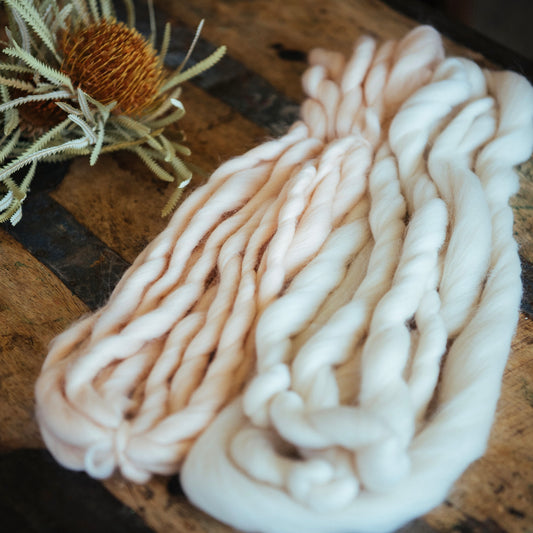
Thick and Low Twist Yarn
I’m going to let you in on a little secret. I have been spinning for a little over 5 years and have never once spun on a traditional spinning wheel...
Thick and Low Twist Yarn
I’m going to let you in on a little secret. I have been spinning for a little over 5 years and have never once spun on a traditional spinning wheel...
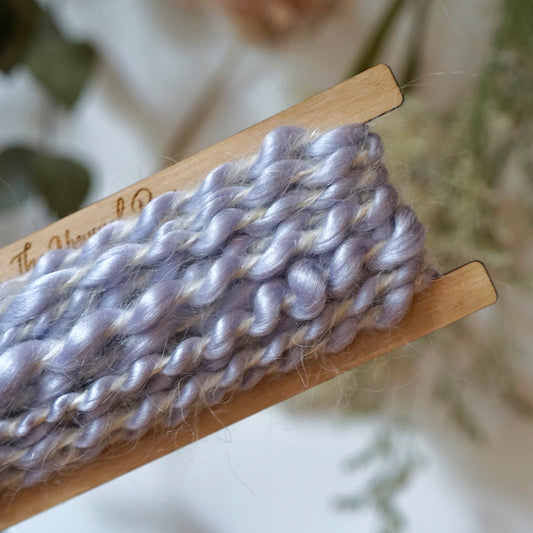
Bamboo Fibre
I had a lovely customer of mine named Jane ask about spinning bamboo and I thought I'd experiment and do a blog post for others who may be interested as well. Bamboo...
Bamboo Fibre
I had a lovely customer of mine named Jane ask about spinning bamboo and I thought I'd experiment and do a blog post for others who may be interested as well. Bamboo...
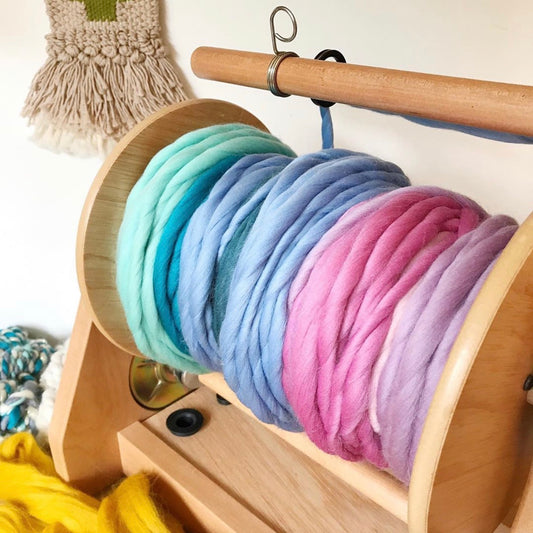
Super Jumbo Wheel Videos
A compilation of videos to introduce you to spinning on the Super Jumbo e-spinner - including core spinning, plying, spinning with batts and more. Very helpful for those considering purchasing...
Super Jumbo Wheel Videos
A compilation of videos to introduce you to spinning on the Super Jumbo e-spinner - including core spinning, plying, spinning with batts and more. Very helpful for those considering purchasing...
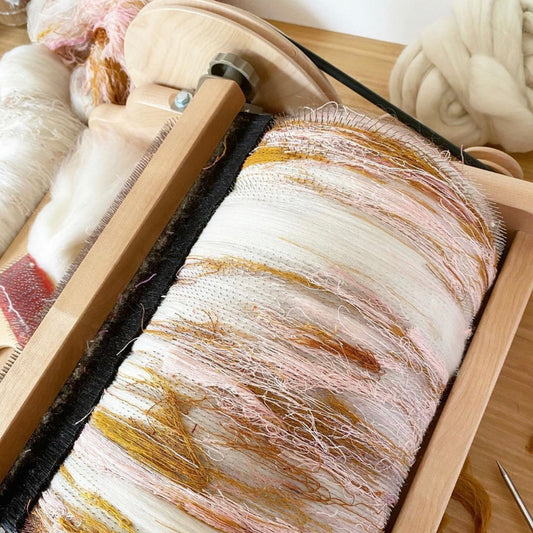
Carding - Art Batts & Rolags
A compilation of videos from Ashford on how to card fibres with the blending board, hand carders and drum carders.
Carding - Art Batts & Rolags
A compilation of videos from Ashford on how to card fibres with the blending board, hand carders and drum carders.
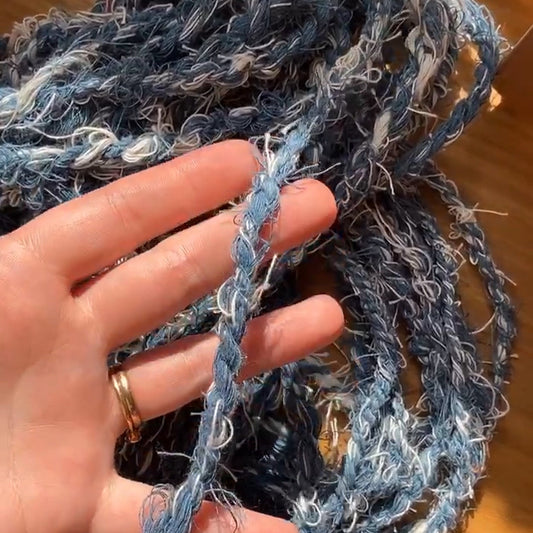
Scrap Yarn Experiment
You know how sometimes when you've been doing something for so long, you think you kinda know it all? I suppose that's how I've been feeling about some things lately...
Scrap Yarn Experiment
You know how sometimes when you've been doing something for so long, you think you kinda know it all? I suppose that's how I've been feeling about some things lately...
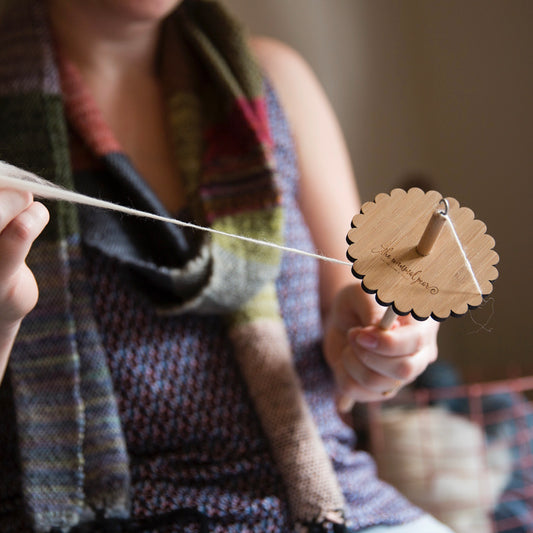
Drop Spindling
Drop spindles were one of the first basic tools of spinning yarn by many different cultures around the world. To this day, it's still the most simple and budget friendly...
Drop Spindling
Drop spindles were one of the first basic tools of spinning yarn by many different cultures around the world. To this day, it's still the most simple and budget friendly...
